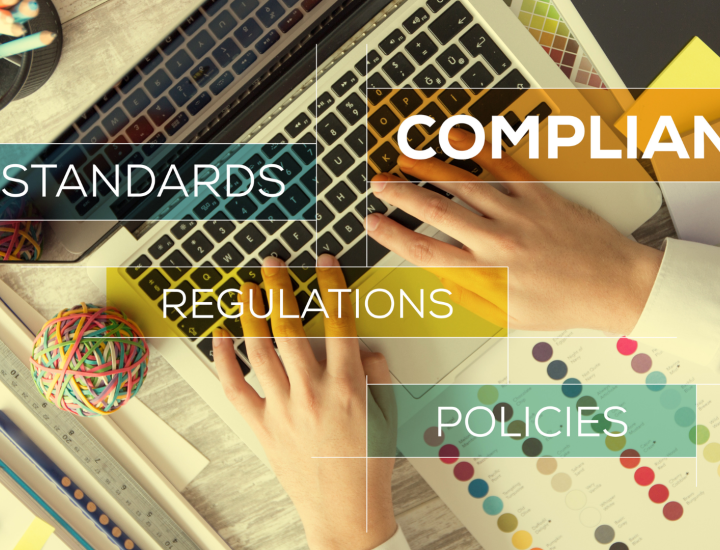Access Resources
Find original research, insights, and assessment tools to help you solve your biggest tech challenges.
Welcome to the Technology Learning Center
All-Access Pass
Technology keeps advancing, which means we all have to keep learning and building our skills. Get more learning with less cost by getting the All-Access Pass, which grants you unlimited access to the Technology Learning Center.
Mark Your Calendar With These Upcoming Trainings
Personalized Opportunities
Whether you are a nonprofit with specfic needs or an organization that wants to be a part our learning center, we are here to work with you.
Never Miss a Learning Opportunity
Join our mailing list to get information about upcoming trainings and new resources right to your inbox.
More About The Technology Learning Center
We’re committed to providing high-quality, well-researched educational content.
Tech Impact is a trusted and authoritative resource for nonprofits on software and technology. We maintain the highest level of professionalism and objectivity in our work, and operate with transparency and accountability to our audience.
We pledge to:
- Follow sound journalism and research practices.
- Be transparent about funding sources.
- Reject funding that carries conditions which compromise editorial integrity.
Every article or report we write which includes reviews of software products follows a specific research methodology. In general, our articles follow our “Few Good Tools” methodology, while longer reports use our “Consumers Guide” methodology, both described below.
All articles and reports contained on this site may only be reproduced, distributed, transmitted, displayed, published, or broadcast with our prior written permission.
If we do grant permission to share our work, please link back to the original or to our website and make sure that any reproductions are verbatim. We will not approve any content that edits or modifies the content in any way.
If these guidelines are not honored, Tech Impact will take all steps necessary to prevent the violation of this policy, including legal action where appropriate.
For specific requests or information about reprinting, repurposing, or quoting our materials, please contact us.
Not sure what you need? That's OK.
Take this short quiz to point you in the right direction.




